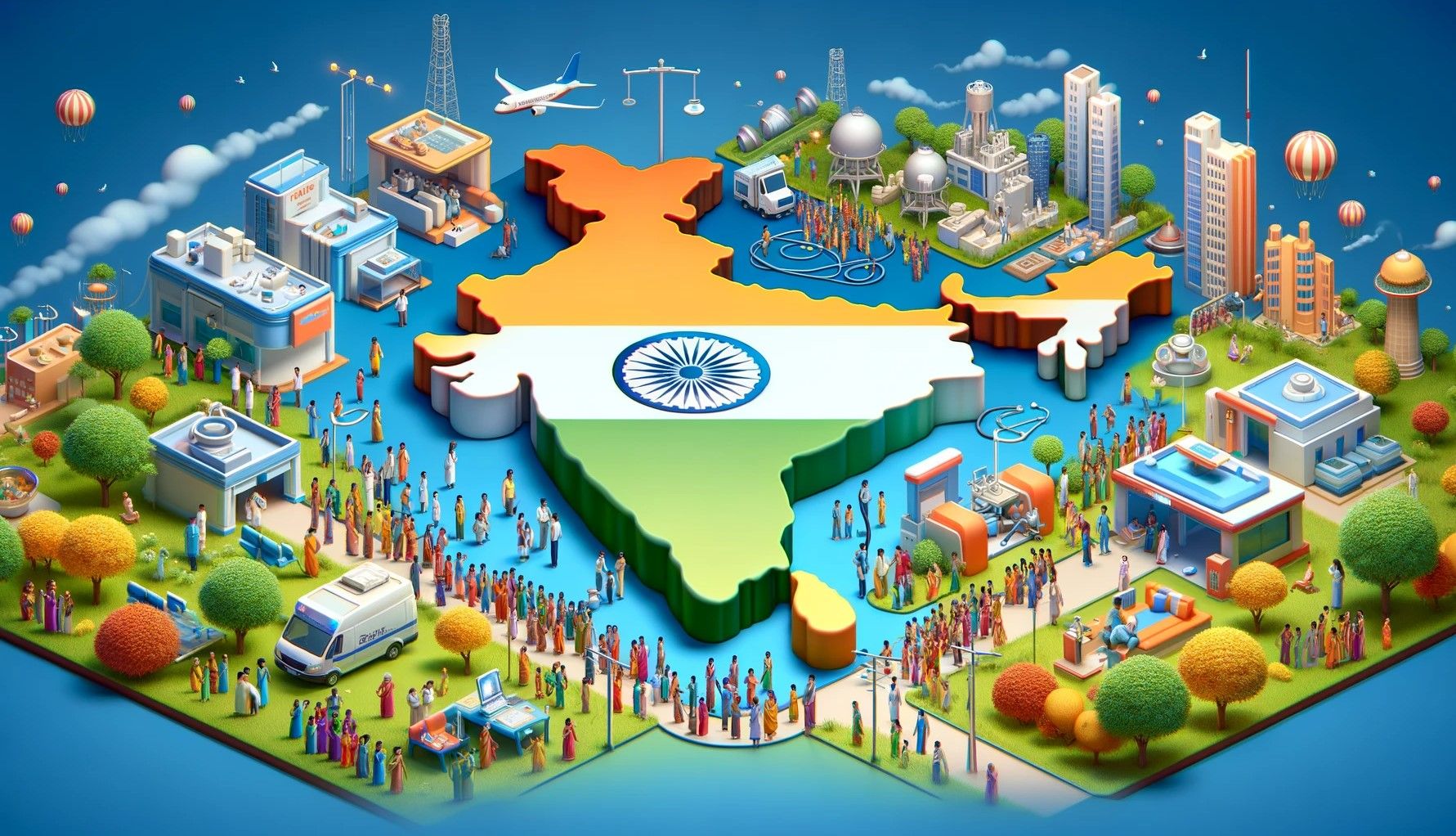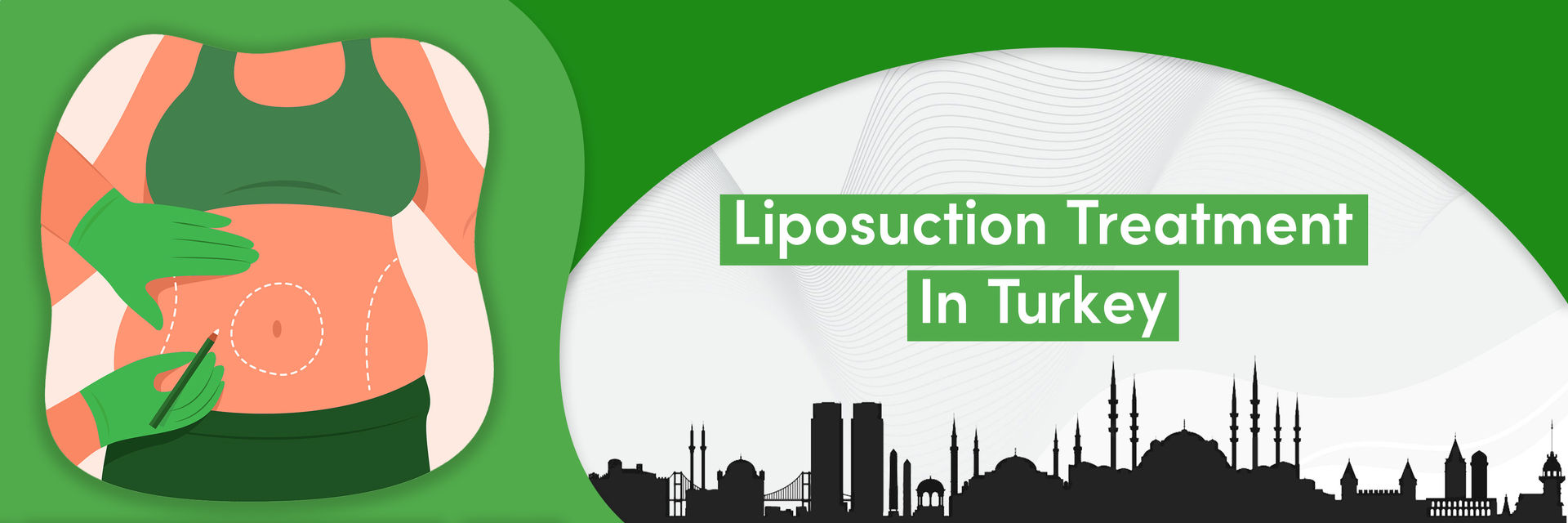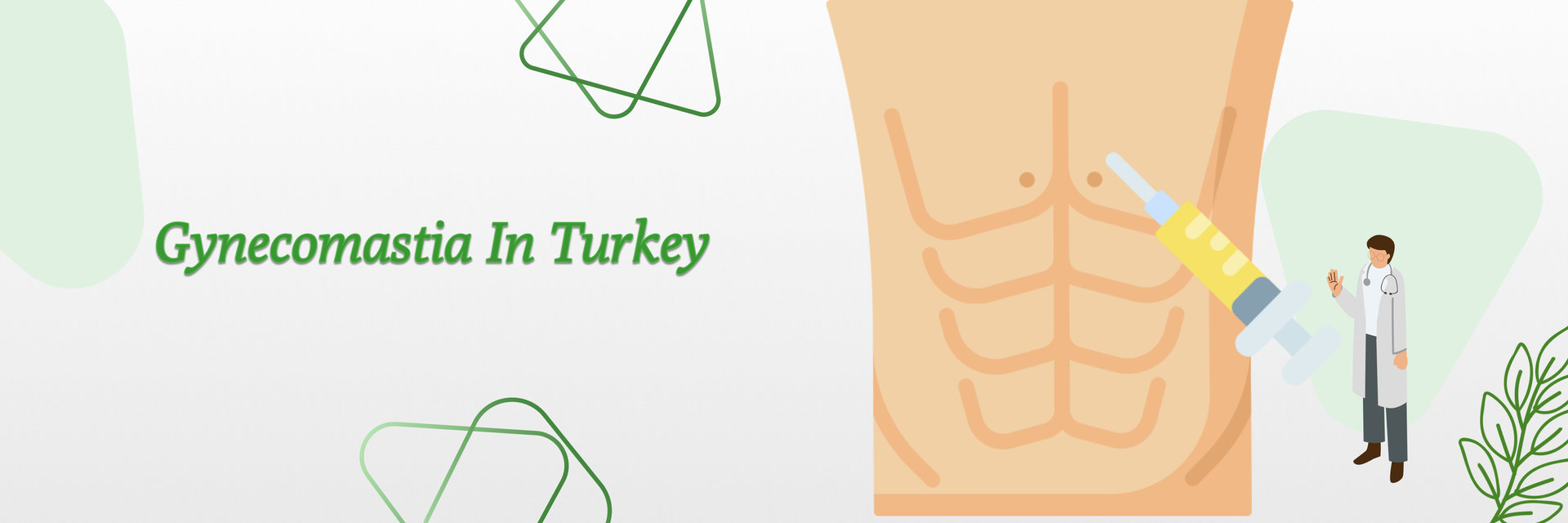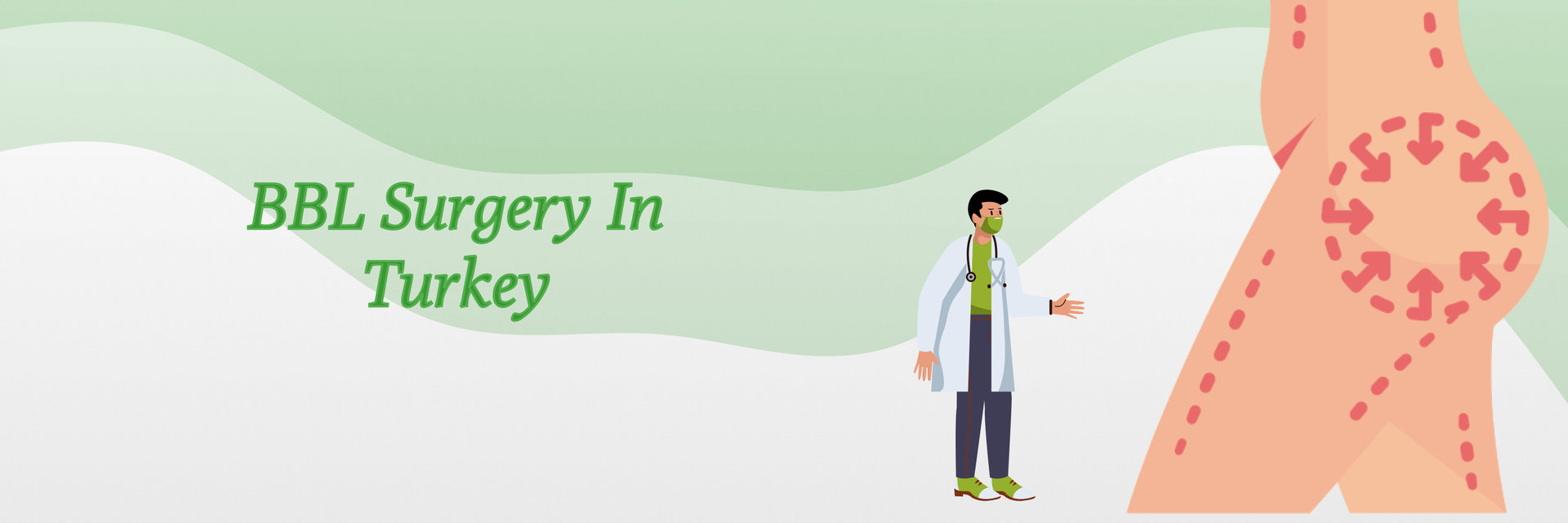Overview
India is a popular destination for medical tourism, attracting around 2 million patients annually from 78 countries. These patients come for various treatments, including medical and wellness, fertility treatment, aesthetic and reconstructive surgeries, etc. This industry was valued at USD 7.69 billion in 2024 and is set to reach USD 14.31 billion by 2029, with a robust CAGR of 13.23%.
Despite pandemic setbacks, the industry is rebounding, anticipating a 20% growth rate from 2023 to 2027.
The diverse range of sought-after procedures includes cardiac surgery, orthopedics, cosmetic surgery, and dental care. India is preferred for cost-effective, high-quality medical treatments, reinforcing its global prominence in medical tourism.
Did You Know?
India ranks 10th out of 46 countries in the prestigious Medical Tourism Index 2020-21.
Is medical tourism legal in India?
Yes, Medical Tourism is completely legal in India. The governance of the National Medical and Wellness Tourism Board, the Quality Council of India, and the Ministry of AYUSH ensure that NABH and healthcare providers function efficiently in the patient's interest to increase the nation's credibility in the healthcare sector.

Why is India famous for medical tourism?
India's medical tourism industry has seen a major boom in recent years, and for good reason! Here are some of the key factors that make India a global leader in medical tourism:
1. Budget-Friendly Care: India's Medical treatment is significantly more affordable than developed nations. This affordability stems from lower labor costs and government subsidies. Imagine, a heart bypass costing $100,000 in the US would only set you back about $15,000 in India!
2. Top-Tier Expertise: India boasts a vast pool of skilled and experienced doctors and surgeons, many of whom were trained in the West. Their expertise and well-equipped JCI and NABH-accredited hospitals ensure world-class treatment and technology.
3. Language Ease: English is widely spoken in India, eliminating communication barriers and ensuring smooth interaction with medical professionals. There is no need for translators!
4. Traditional Touch: India's rich heritage of traditional medicine, such as Ayurveda and yoga, attracts tourists seeking a holistic approach to healthcare. These ancient practices complement modern treatments for a comprehensive wellness experience.
5. Tourist Delights: Beyond healthcare, India's vibrant culture, historical marvels like the Taj Mahal, and picturesque Goan beaches entice medical tourists to combine treatment with leisure.
6. Government Backing: Recognizing the industry's potential, the Indian government actively promotes medical tourism. They've facilitated entry by introducing medical visas and streamlining visa applications.
7. Evolving Trends: India's dynamic medical tourism scene constantly evolves. Wellness tourism, which focuses on preventive care and holistic well-being, and the growing popularity of cosmetic surgery are some exciting trends.
Wondering how cost-effective medical tourism in India truly is? Let's break it down.
How cost-effective is medical tourism in India?
India's medical tourism scene boasts an undeniable advantage: remarkable cost-effectiveness. Compared to developed nations like the US and Europe, you can often save a staggering 60-80% on procedures. This affordability, driven by various factors, lures medical tourists seeking high-quality care without breaking the bank.
- Heart bypass surgery: In the US, you'll pay upwards of $100,000, while in India, it could be just $15,000 (a 75% savings)!
- Orthopedic surgery: A knee replacement, which exceeds $30,000 in the US, can be found for around $7,000 in India (a 76% cost reduction).
- Cosmetic surgery: Rhinoplasty costs $3,000 in India, whereas in the US, it can be obtained for roughly $10,000 (a 70% savings).
- Dental care: Even routine procedures like dental implants, which cost $4,000 in the US, can be done for $1,000 in India (a 75% saving).
Why such low prices? Because,
- Lower labor costs: Indian medical professionals generally have lower salaries, translating to reduced treatment costs.
- Government subsidies: The Indian government actively supports medical tourism by providing subsidies to hospitals and clinics, further lowering treatment costs.
- Competition: A thriving medical tourism industry fosters healthy competition among healthcare providers, driving down patient prices.
But wait, does affordability compromise quality?
Absolutely Not!
- Skilled professionals: India boasts a large pool of highly qualified and experienced doctors and surgeons, many of whom were trained in Western institutions.
- Advanced technology: JCI and NABH-accredited hospitals in India employ cutting-edge medical technology and equipment, ensuring world-class treatment.
- Strict regulations: Stringent regulations and accreditations ensure adherence to international quality and safety standards.
Treatments preferred for medical tourism in India
Treatment | Why People Choose India for This Treatment |
Cardiac Surgery |
|
Cosmetic Surgery |
|
Dental Care |
|
Cancer Treatment |
|
Fertility Treatments |
|
Ophthalmic Surgery |
|
Ayurveda and Yoga |
|
Organ Transplants |
|
Preventive and Wellness Care |
|
The government of India has set up facilitation centers for international tourists. All the metro cities have been selected due to their:
- International connectivity
- ease of intercity commutation
- state-of-the-art infrastructure hospitals
- renowned and established doctors
- compassionate caregivers
- language
- food for all ethnicities
- and affordable accommodation for pre and post-operative stay till you heal.
COVID-19 was a wake-up call for the country's failing infrastructure in tier II and tier III cities and rural development.
The government of India was quick to act on this shortfall and made special provisions for loans to build healthcare infrastructure in these cities.
Loans to the Hospitals and Hospitality Sector
India recognizes the immense potential of medical tourism and actively champions its expansion through various initiatives. A key part of this plan involves providing loans to hospitals and the hospitality sector. This financial support helps boost infrastructure, expand services, and meet the needs of more medical tourists.
Key Loan Schemes:
- TFCIL Term Loans: Offered by the Tourism Finance Corporation of India Ltd., these loans support the establishment, expansion, or modernization of hospitals, resorts, and various hospitality establishments.
- Developing Medical Tourism Hubs: The government is investing a huge $14.8 billion to improve hospitals and support the tourism industry. The goal is to create outstanding medical tourism hubs in India with the latest technology and skilled professionals.
- Market Development Assistance (MDA) Scheme: The Ministry of Tourism's updated MDA scheme provides financial help to medical tourism service providers. This support helps with marketing and promotions, making it easier to attract international patients to India.
Benefits of these Loan Schemes:
- Enhanced Facilities: Upgraded hospitals and hospitality establishments elevate the medical tourism experience, attracting more patients.
- Increased Capacity: Loans enable expanding healthcare services and accommodation options, catering to the rising demand from medical tourists.
- Job Creation: The medical tourism sector's growth leads to job creation in healthcare and hospitality, boosting the economy.
- Global Competitiveness: The government provides financial support to help Indian hospitals and hospitality providers compete with international destinations.
Looking for the best medical tourism company in India? Well, look no further. Let me introduce you to a standout option that consistently delivers exceptional services.
Which is the Best Medical Tourism Company in India?
India has many medical tourism companies operating 24*7 to provide services to medical tourists. Some of the best medical tourism companies are listed below for your reference.
- Vaidam, Gurgaon, India
- Clinicspots, Mumbai, India
- We Care Health Services, Mumbai, India
- ARINAA Medical Tourism, Chennai, India
- Mediniq, Bangalore, India.
- Alphine Life Solutions, Mumbai, India
- MediConnect India, New Delhi, India
- TransEarth Medical Tourism, Mumbai, India
- Health Opinion, Tamilnadu, India
- ANAVARA, Chennai, India
Technological Advancement in Medical Tourism in India
- Artificial Intelligence (AI):
- AI analyzes medical data for accurate diagnoses and personalized treatment plans.
- Robotic surgery with AI ensures precision, minimal scarring, and faster recovery.
- Administrative tasks like scheduling and billing are streamlined with AI automation.
- Telemedicine and Remote Care:
- Virtual consultations offer remote access to doctors, making healthcare more accessible.
- Wearable devices enable remote monitoring, ensuring proactive interventions.
- Post-operative telemedicine ensures continuous care and support for patients.
- Augmented Reality (AR) and Virtual Reality (VR):
- AR/VR revolutionizes medical education with realistic simulations for professionals.
- AR/VR educates patients about medical conditions and treatment options interactively.
- VR experiences assist in pain management and anxiety reduction during procedures.
- Blockchain and Data Security:
- Blockchain ensures secure storage and sharing of patient medical data.
- Smart contracts automate insurance claims, enhancing efficiency and security.
- Patients have secure access to complete medical records, empowering effective health management.
- Digital Marketing and Patient Engagement:
- Digital tools enable targeted advertising and content marketing for healthcare providers.
- Patient portals and apps facilitate appointment booking and direct communication with doctors.
- Virtual tours and online reviews build trust and attract international patients.
Future of Medical Tourism in India

The future of medical tourism in India shines bright, brimming with exciting possibilities and fueled by continuous growth and adaptation. Here's a glimpse into what lies ahead for this thriving industry:
Exponential Growth:
- The Medical Tourism Index 2023-24 highlights India's prominent position, projecting a remarkable revenue surge in the healthcare sector, expected to reach Rs 2,670.37 Billion by 2027, with an impressive compound annual growth rate (CAGR) of approximately 34.92 percent from 2023 to 2027.
- The market is expected to reach a staggering USD 26.7 billion by 2032, a testament to its sustained momentum.
- Growth is projected to be driven by factors like rising healthcare costs in developed nations, increased awareness of medical tourism opportunities, and continuous improvement in India's healthcare infrastructure.
Specialization Takes Center Stage:
- Hospitals and clinics will increasingly specialize in niche treatment areas for specific patient segments. This specialization will attract patients seeking cutting-edge expertise and superior care for complex conditions.
- Areas like oncology, organ transplants, and personalized medicine will likely grow significantly within the specialized medical tourism landscape.
Overall, the future of medical tourism in India is marked by growth, driven by specialization, technology, holistic health, and government backing. Embracing innovation and sustainability and prioritizing patient well-being positions India as a global leader, offering accessible, high-quality healthcare experiences worldwide.







